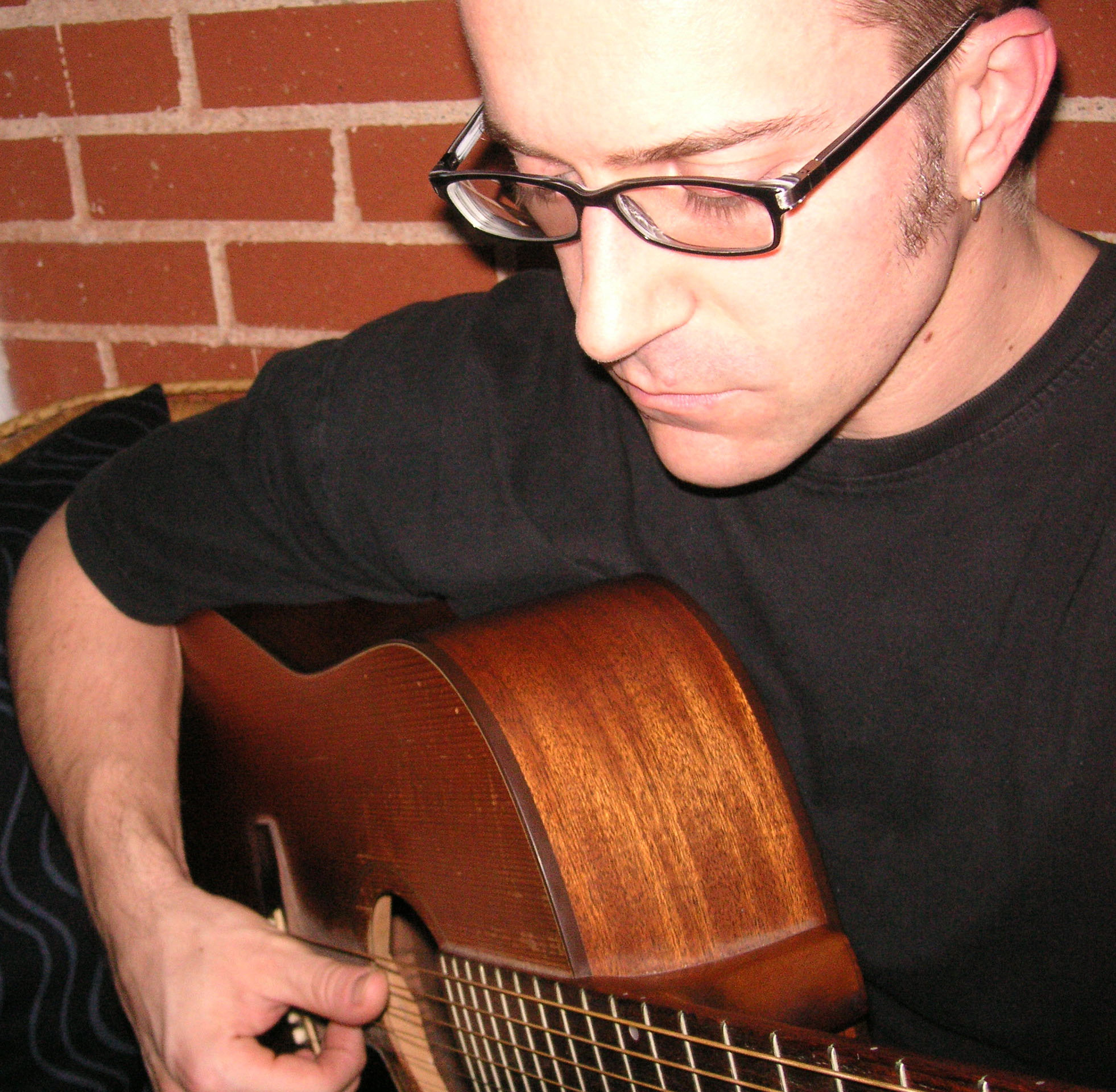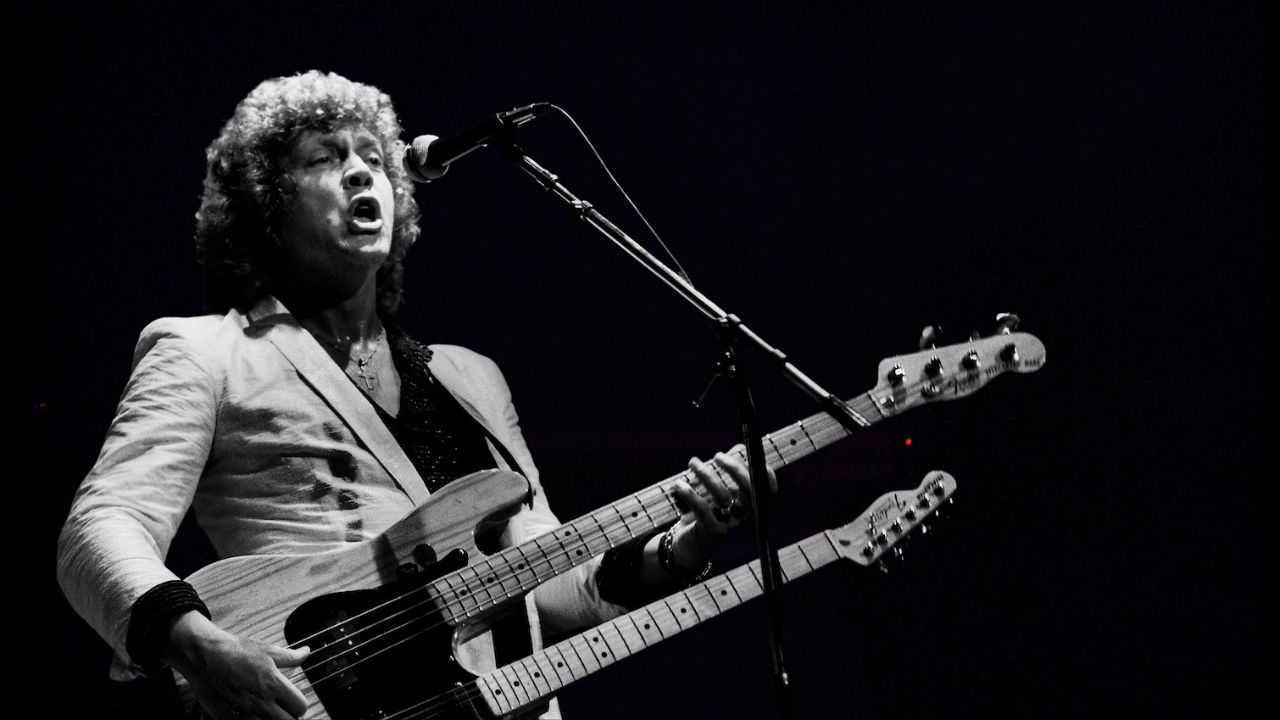Acoustic Nation with Dale Turner: The Surreal Soundscapes of Singer-Songwriter and Visual Artist Joseph Arthur
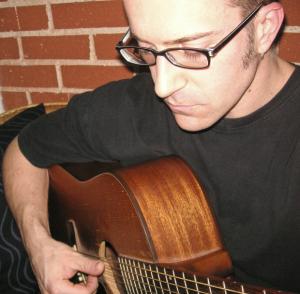
A rare, personal anecdote: Back in 2000, in Los Angeles’ Conga Room, as a guest of a Virgin Records publicist, I had my mind blown by my friend’s new client, singer-songwriter Joseph Arthur.
Performing solo and armed with only an acoustic guitar, his uniquely resonant voice, harmonica, piano on select songs, E-bow and some delay/looping devices, Arthur was the first singer-songwriter I’d heard use “live looping” with real effectiveness and creativity—beating his acoustic to build up grooves, adding exotic lead lines (inflected with interesting effects), then singing and playing while kicking in/out various looped parts to fabricate an arrangement on the spot.
Nothing came across as a “gimmick,” and all of his songs were superb. When actress Rosanna Arquette (with whom Arthur had appeared in the film Hell’s Kitchen two years earlier) came onstage for a duet on Arthur’s “Invisible Hands,” I was hooked.
Today, over a dozen studio albums and EPs later, ever the industry innovator/oddball, Arthur has just issued Days of Surrender—an album only available as a USB Credit Card (which ships with an original JA art print). Only one CD exists, packaged inside JA’s exotically hand-painted (and for sale) touring van (check it out at josepharthur.com).
Initially a self-described “jazz-fusion bassist,” and as a teenage bassist, having opened for Stevie Ray Vaughan twice, in the mid Nineties Arthur changed musical course dramatically, inspired by the Velvet Underground, Nirvana, Bob Dylan and Vic Chesnutt to go the singer-songwriter route.
When an early JA demo found its way to Peter Gabriel, Arthur was signed to Real World Records, releasing his 1997 debut, Big City Secrets. But it was 2000’s Come to Where I’m From that broke Arthur into the mainstream, led by “In the Sun,” a song likely familiar to most from its placement in the films The Bourne Identity and Saved! and the TV shows Scrubs, Grey’s Anatomy and The L Word. FIGURE 1 recalls the tune’s signature upper-register common tones, the notes shared between chords on the B and G strings.
By all accounts, 2002 was a year of unprecedented creativity for Arthur, yielding four EPs (sold only at shows that year and later issued collectively as Junkyard Hearts in 2012) and the full-length Redemption’s Son.
All the latest guitar news, interviews, lessons, reviews, deals and more, direct to your inbox!
FIGURE 2 is in the style of “Tiny Echoes” (JH) and “Innocent World” (RS), which contain similar fingerstyle approaches, chord voicings and use of “ornaments,” namely the tasty hammer-ons from open strings to various second-fret notes within each shape.
In late 2003, a long-running bout with alcohol abuse threatened to derail Arthur’s musical activities; recording in New Orleans put the musician back on track and, in 2004, Our Shadows Remain resulted, among its high points the fan favorite “A Smile that Explodes,” which informs FIGURE 3—delicate fingerpicking (Capo VI), highlighted by the half-step note spacing between the D and G strings.
We’ll close this lesson with a look at two tracks from Arthur’s exclusively guitar-vocal and mainly acoustic album, The Graduation Ceremony (2011). The disc showcases a variety of Arthur’s guitar approaches, from almost Hendrix-like open chord embellishments in “Almost Blue” (FIGURE 4) to lilting 6/8 arpeggiations in “This Is Still My World” (FIGURE 5).
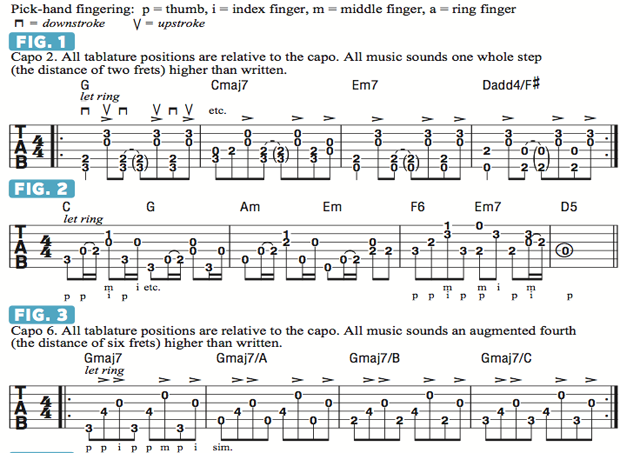
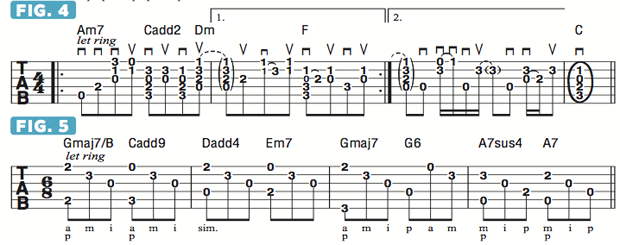
A singer-songwriter/multi-instrumentalist/film composer, Musician's Institute instructor, and author of 50+ transcription/instructional books, Dale Turner is also Guitar World's "Hole Notes"/"Acoustic Nation" columnist, and the former West Coast Editor of Guitar One magazine. Some of Dale’s old, weird, rare, and/or exotic instruments are featured in his score for WEEDS, the first animated short completed within the Filmmakers Co-op at Disney Feature Animation. His most recent CD, Mannerisms Magnified, was praised by Guitar Player magazine for its "Smart pop tunes that are crammed with interesting guitar parts and tones ... Like what the Beach Boys might do if they were on an acid trip that was on the verge of getting out of control. Yeah!"
